The American black bear (Ursus americanus) is a poorly named critter, because it’s not always black. In fact, its coat exhibits more color variation than almost any North American mammal.
In some regions, black bears are more commonly various shades of brown. But a black bear can even be red, white or blue. Seriously.
Unusually colored bears have long been the subject of legend and folklore. That makes finding stories about them easy in outdoor magazines. But finding actual research about bear color phases is much more difficult, and there’s a lot of conflicting information.
Here’s a primer on the many colors of the black bear, including photos of the striking color phases. Please leave your own bear observations in the Comments section.
Paint it Black: The Most Common Color (Usually)
It’s understandable how the black bear got its name. When European naturalists and hunters first encountered the animal, they pretty much only saw black bears that were black. East of the Mississippi it is by far the predominant color, and black-colored bears exist throughout the species’ range.
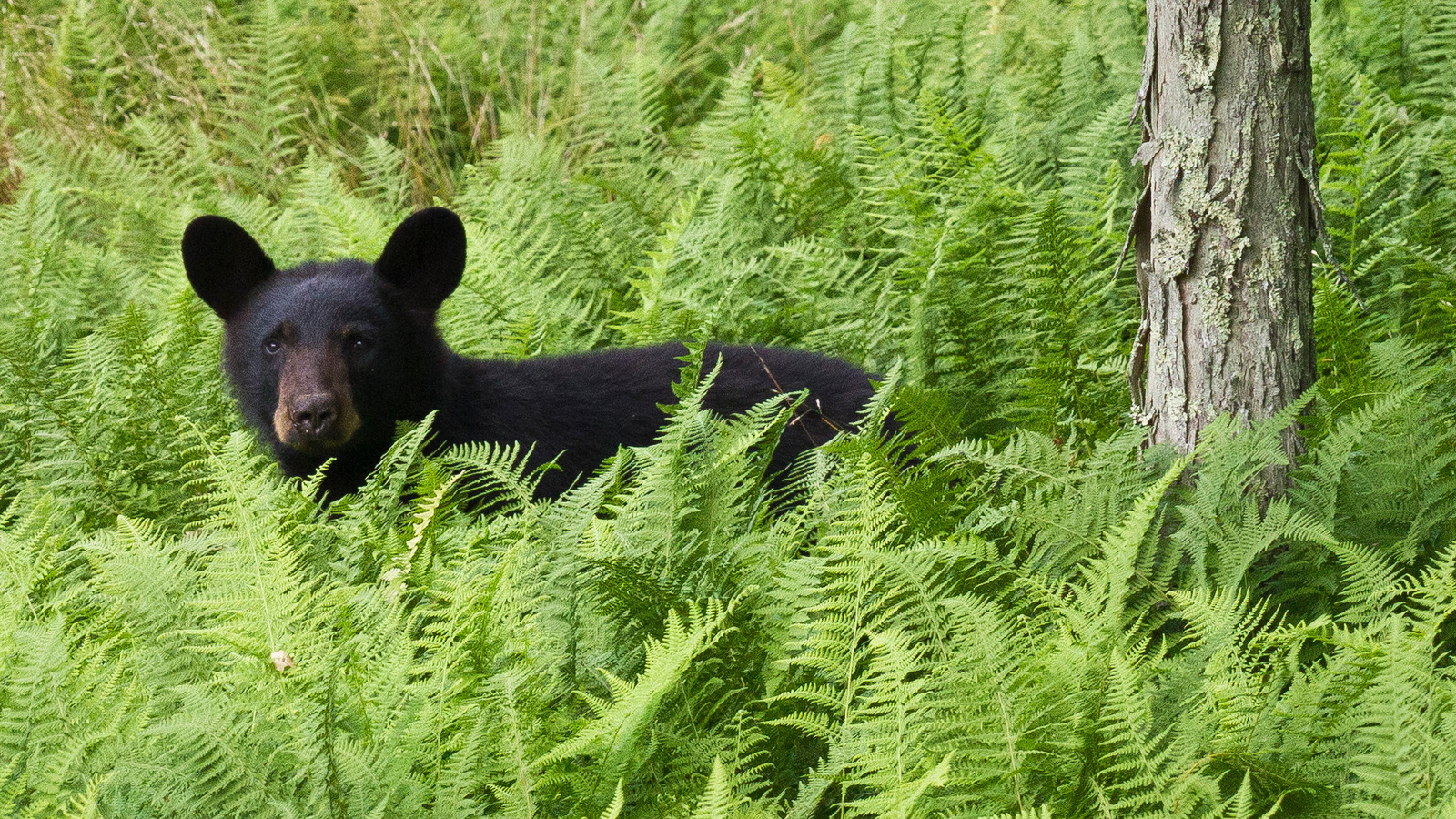
In many eastern and midwestern states – New York, Michigan, Maine and Tennessee – 100 percent of bears surveyed are black. There do seem to be pockets where “cinnamon bears” – black bears with a reddish-tinged coat – show up. About one percent of bears in north-central Pennsylvania, for instance, reportedly exhibit this coloration.
Growing up in Pennsylvania, I heard the stories of cinnamon bears and longed to see one. I never did, nor did I actually see any verifiable proof of their existence. It was always someone’s brother’s best friend’s coworker’s auto mechanic who saw one. Much like eastern cougars, and bigfoot.
Now I live in Idaho and I’ve seen several of the cinnamon-colored bruins. Because out west, not all black bears are black.
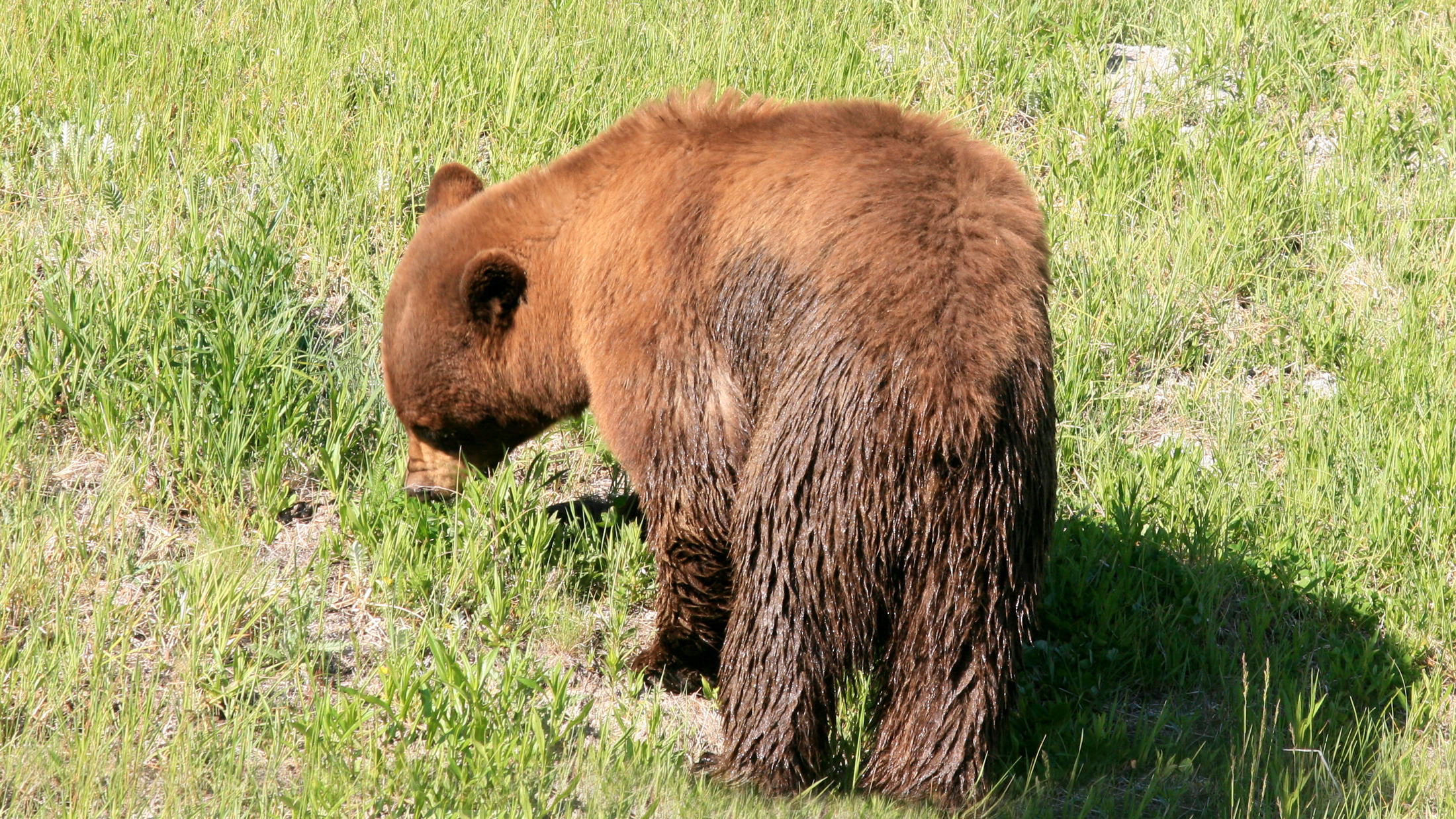
Earth Tones: The Brownish Bears of the West
As you move west, the black bear’s common name becomes increasingly less appropriate. In Minnesota, some sources state that 5 percent of black bears are brown. In the Rockies, though, half or more of all bears are various shades of brown: light brown (often called blonde bears), dark brown (chocolate) and reddish (cinnamon).
In inland Washington State, 79 percent of black bears are brown or blonde; in Yosemite National Park, it’s 91 percent.
Why is there this geographic change in the black bear’s coat? I have seen no conclusive studies but there are several plausible ideas floated by bear biologists.
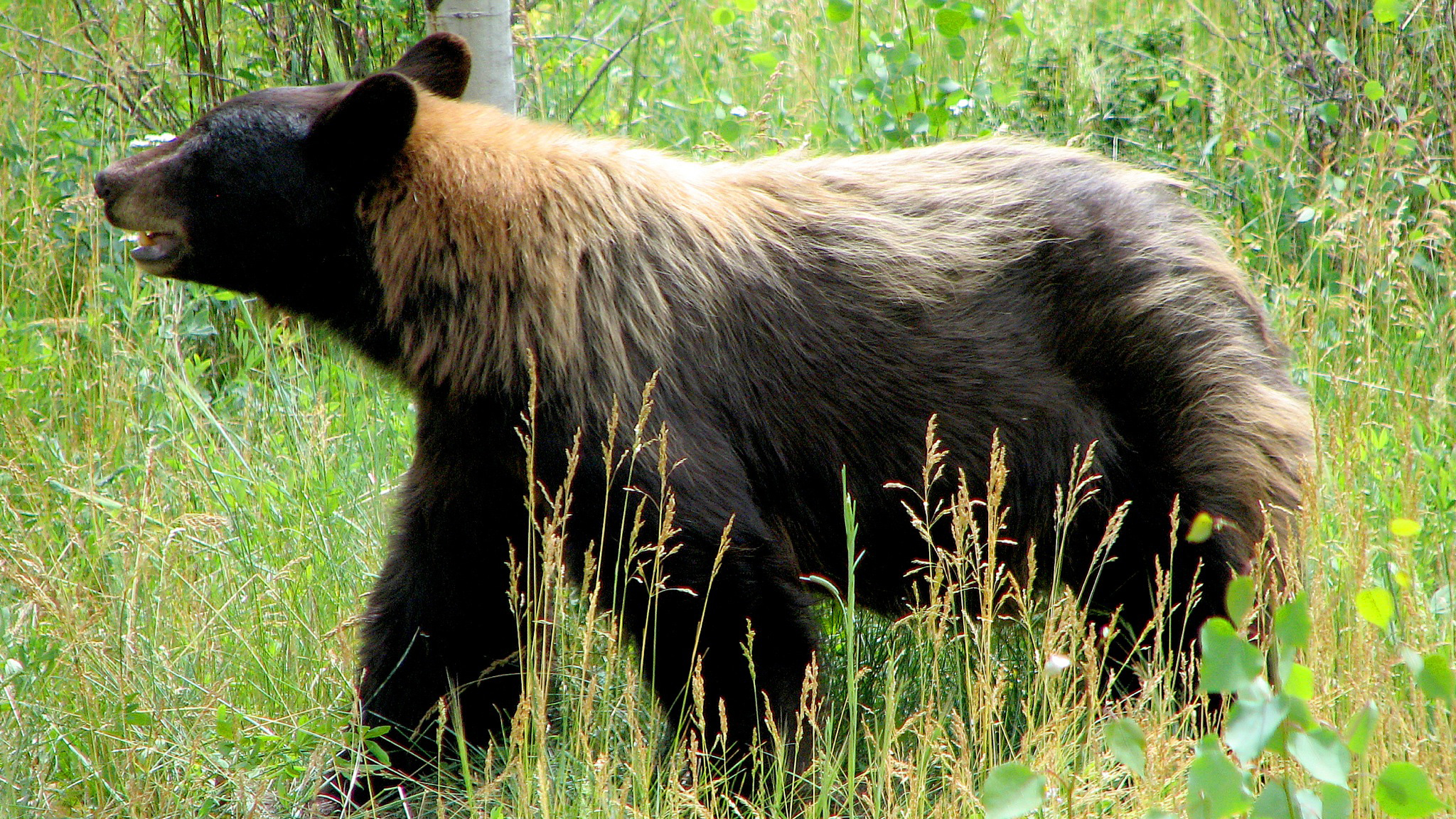
An article in the Journal of Mammalogy notes that feathers rich in melanin (black pigment) have been shown to be more resistant to abrasion. Perhaps black fur exhibits a similar trait, making it a useful adaptation for survival in forests (black bears in Alaskan forests are also often black). Black can also help the animals blend into thick forests.
Black seems a less adaptive color in the open meadows of the mountainous West. Brown could be advantageous for several reasons, according to the Journal of Mammalogy article.
In a wide-open meadow, black could subject the animals to heat stress. Wear a dark-colored shirt in the heat of summer and you’ll immediately understand why.
Some have suggested the brownish coloration helps black bears hide from the larger grizzly bear, historically present throughout the West but not the East.
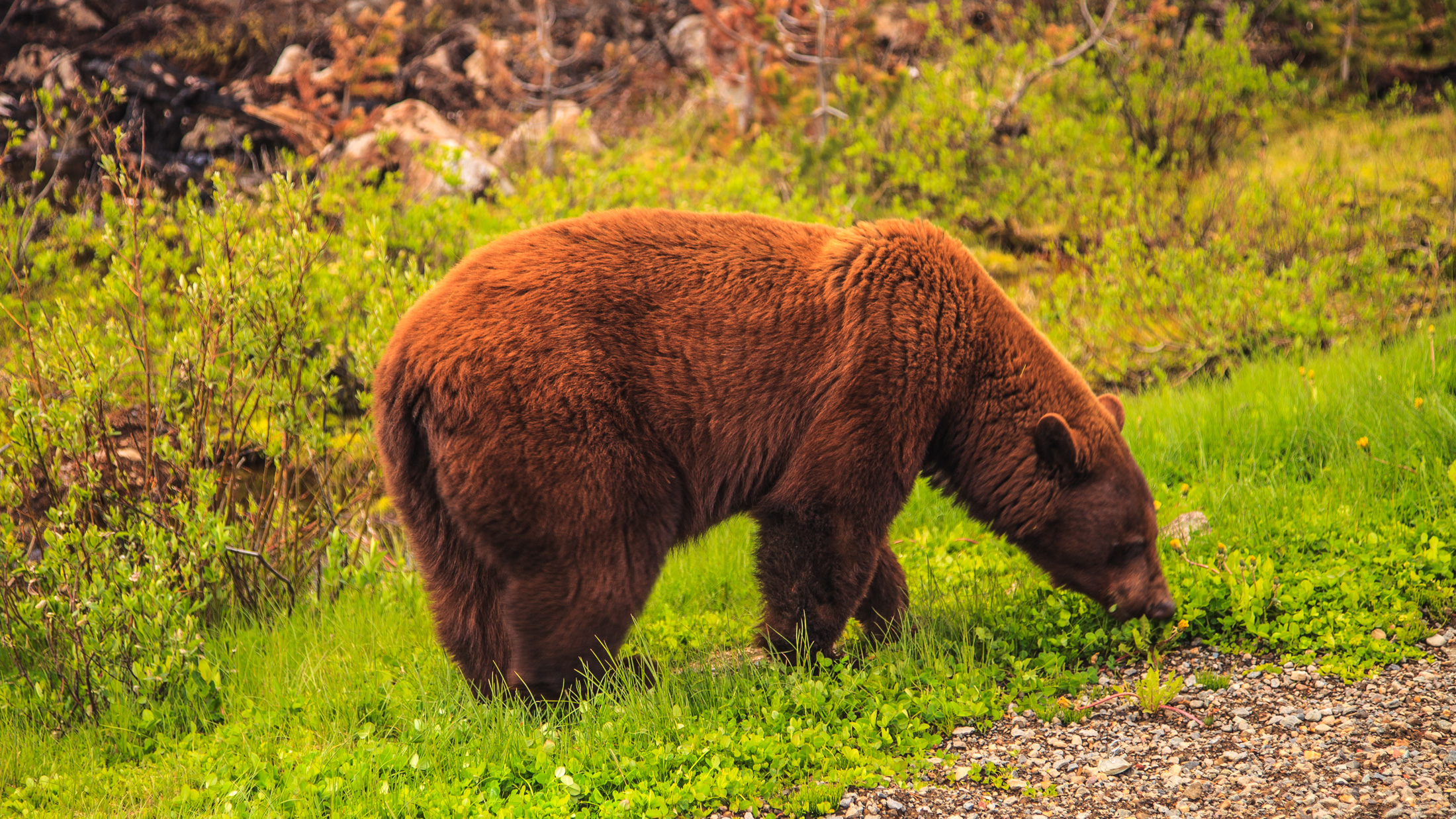
But others suggest a different connection to grizzly bears: They suggest the brownish coats actually mimic a grizzly bear, suggesting to wolves and other critters that a black bear is an aggressive and dangerous critter not worth messing with.
Adding a twist to this is that some brownish bears become more black as they get older, and some bears’ coats seem to get lighter or darker over the course of the year.
Whatever the reason, if you’re on a national parks tour in the western United States, there’s a very good chance the black bears you’ll see will not be black.
A Brief Note About Telling Black Bears From Grizzlies
I’m watching the brownish black bear safely from a turnoff in Yellowstone National Park’s Lamar Valley, one of the great wildlife viewing spots on the planet. Another car pulls in and a family pulls out with binoculars. A parent looks, then excitedly proclaims, “Kids! It’s your first grizzly!”
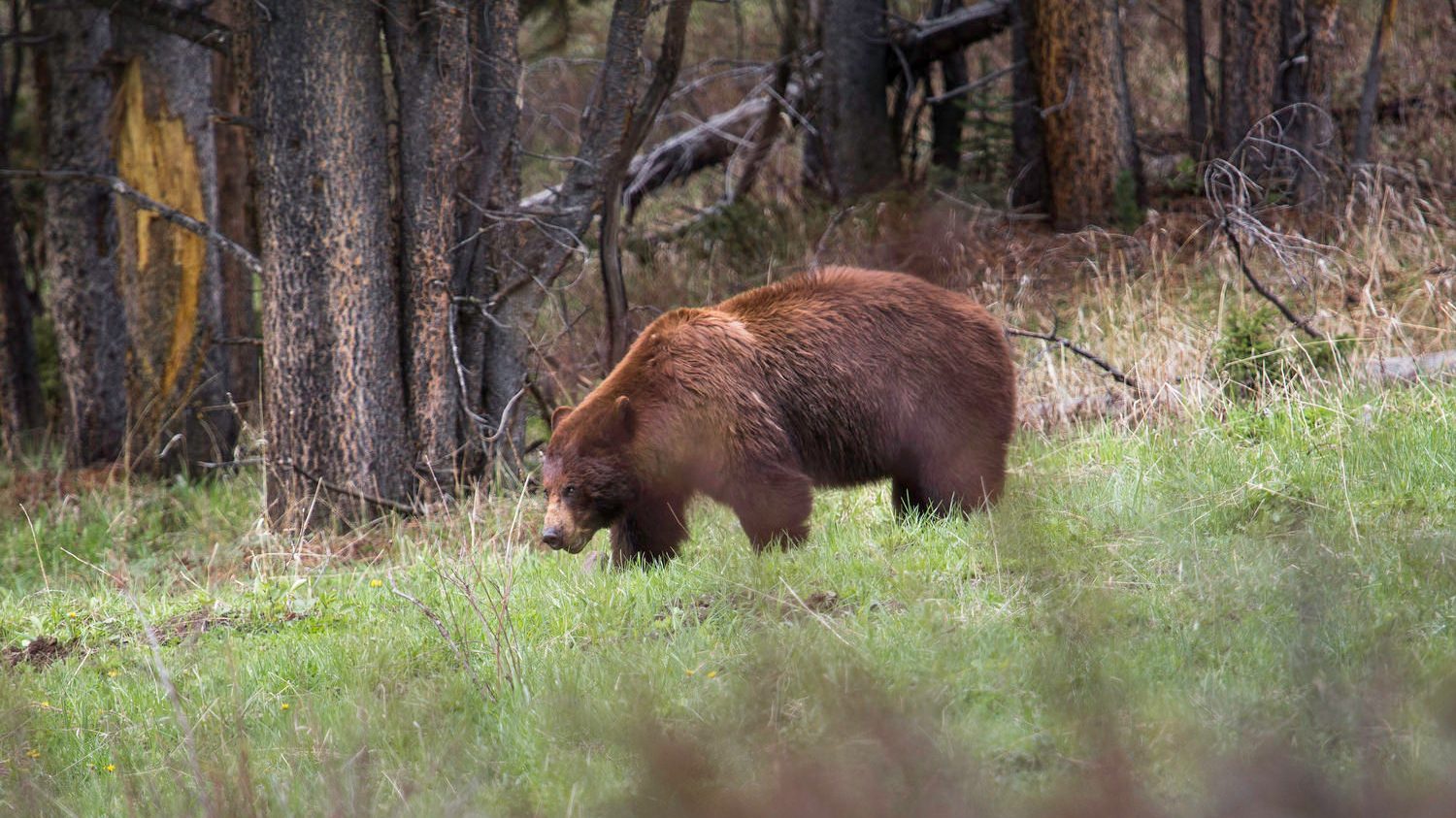
This is a frequent occurrence on my trips to Yellowstone. And yes, that park is a great place to find a grizzly. But I also suspect that many “grizzly” sightings are actually black bears. As already established in this blog, color is not a reliable identifier.
So how do you tell? The first thing I look for is the large hump on the back of a grizzly. No hump, no grizzly. The grizzly has short-rounded ears while the black bear’s ears appear quite prominent. The black bear also has a straight face profile, compared to the “dish shape” characteristic of a grizzly’s face.

You can get a feel for the two animals by experience, and you can gain experience online. The Montana Fish, Wildlife and Parks Department offers a bear ID quiz. Can you pick out the black bears?
They’re Not Polar Bears: The White “Spirit Bear” of British Columbia
There’s an even more unusual twist in black bear coloration: in British Columbia’s coastal forests, some bears are white. These are not polar bears and they’re not closely related to polar bears. (Nor are they hybrids, although polar bears and grizzlies have recently successfully bred, leading to the so-called “grolar bear” or “pizzly”).
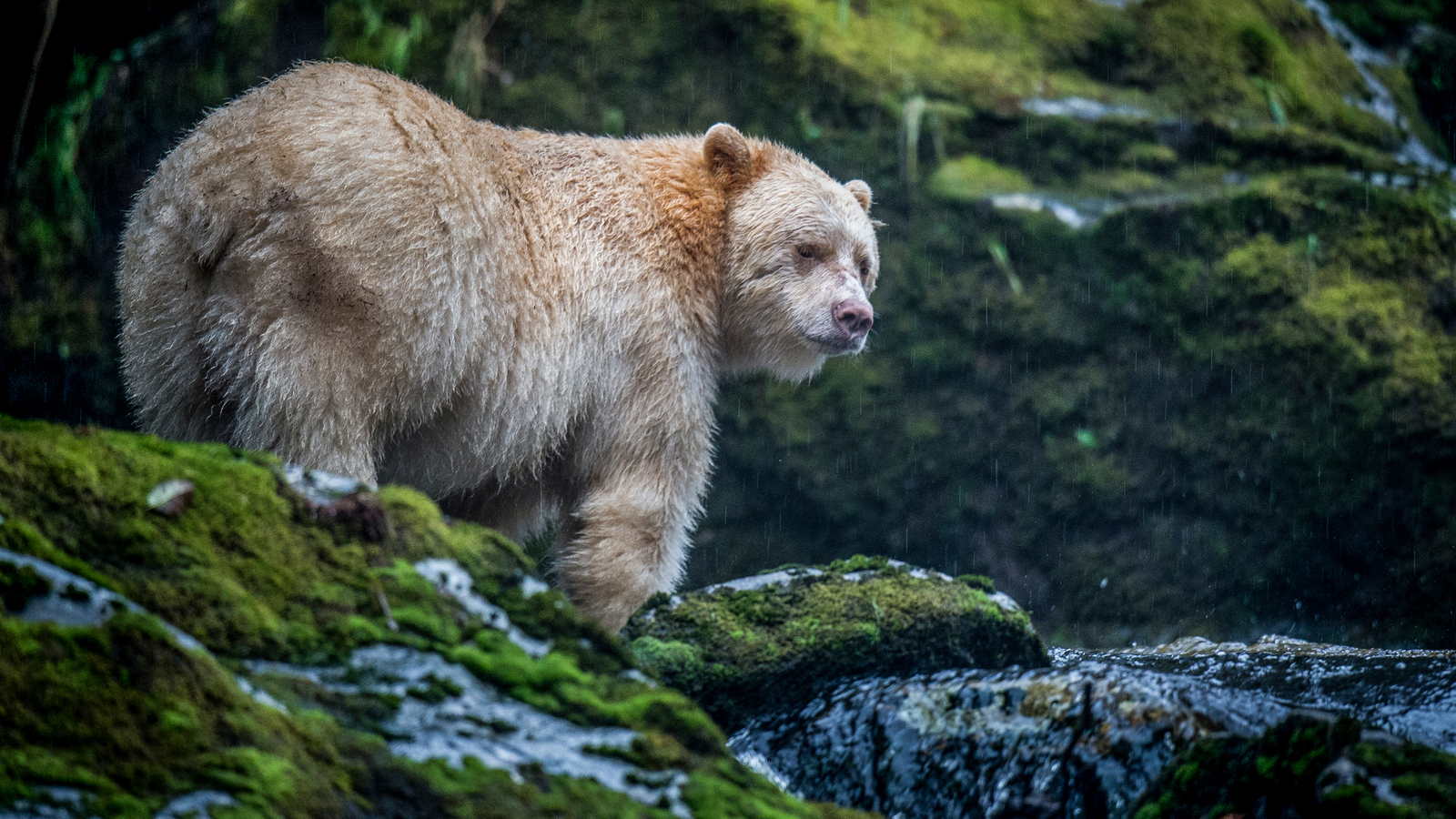
They are not albinos, as their noses and eyes are brown. The white coloration comes from a recessive gene, so a black-colored bear can give birth to a white one. Although white phase bears have shown up in isolated cases, they regularly occur in the Great Bear Rainforest of British Columbia, an area The Nature Conservancy has worked to protect.
They are also called Kermode bears (after the naturalist who first described them for science) or spirit bears by First Nations peoples. There are an estimated 400 of these bears in the coastal rainforest, where they are strictly protected.
When A Black Bear is Blue: The Glacier Bear of Southeast Alaska
Finally, there is perhaps most mysterious black bear of all: the “blue bear” or “glacier bear” of Southeast Alaska. Glacier bears really have a bluish gray tint, varying from subtle to astonishing. This is not an easy color phase to see, even in the right habitat, which most sources place within a 100-mile radius of Yakutat, Alaska.
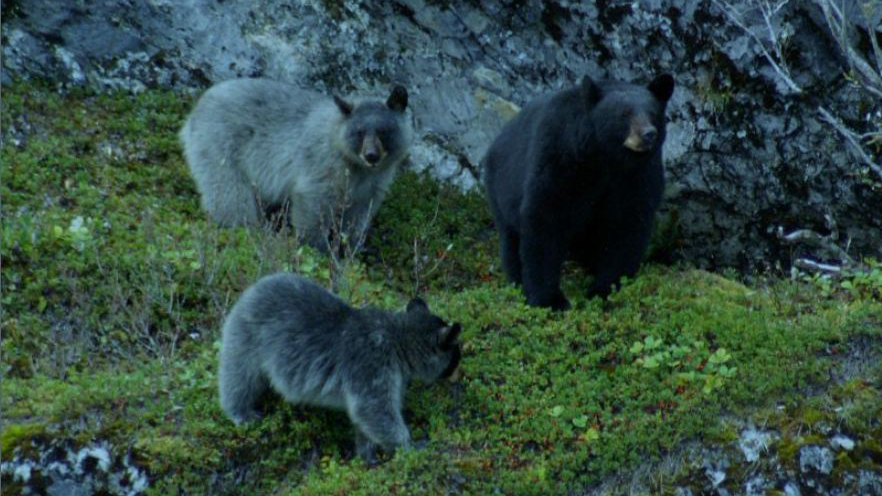
To get a sense in the difficulty in seeing one, read wildlife photographer Lynn Schooler’s poignant book on his lengthy search, titled The Blue Bear.
This coloration developed when black bears in this region were isolated from other populations due to large glaciers. These glaciers have receded significantly, and continue to recede. One source suggests that as these bluish bears integrate more with other black bear populations, “dominant black genes will make the rare blue-gray color phase even more rare.”
The Bear in Your Neighborhood
The American black bear is by far the most common bear species on earth. It exists widely across the North American continent, a testament to both its adaptability and wise wildlife management. You can find bears thriving even in suburban environments in many places.
Black bears are secretive, but with luck and patience, you can safely observe these great mammals. What colors have you seen? What interesting behaviors. Leave your observations in the Comments section.
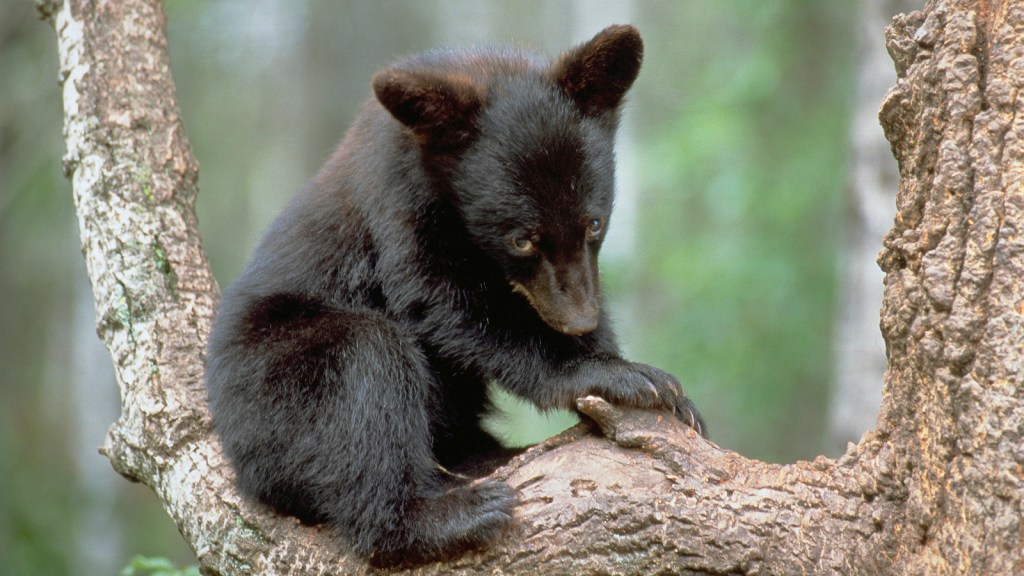



I saw a young albino black bear on Durant Island in North Carolina about 8 years ago. I cannot find but one other person online who has seen an albino black bear. A biologist in Pennsylvania has seen 4 over a 15 year span. He has a photo of one of them that was killed by a hunter. People seem skeptical when I tell them about the sighting. I would love to find someone else who has seen an albino black bear. I know they are extremely rare. By the way, I am not talking about the Spirit/Ghost bear. They are not albino. The albino bear has creamy white fur, pink nose, and very pale eyes. The spirit bear has dark nose and eyes. Thanks
Cinnamon bears in La Porte area and Bucks Lake both Northern California, usually have a white V on their chest and are pretty big!
My granddaughter filmed recently a bear with a black head blond body in story Wyoming I’ve never seen such a bear before
Aspen, Colorado
Spotted a VERY blond bear with a black face. Seemed to be a year or two old.
I have a trail cam in West Virginia that just captured an image of a black bear with coloring usually associated with Grizzlies. I’m assuming the color is cinnamon, but everything I’ve read says nearly 100% of West Virginia bears are deep black in color. Are there cinnamon bears in WV?
Living in Pocono mts. We see black bears often. Living here 30 years and today was the first time a brown bear and black bear walked through our yard. We’ve seen black cubs with mom. One bear loves to slide into our pond to cool off. Love living with these bears. I could be sitting outside and they’ll just walk out of woods, give me a glance and just keep walking. Beautiful animals
Please help me solve a neighborhood puzzle. This past spring we observed a cinnamon (golden) colored bear with black chest and front legs grazing just outside the forest line next to forest service land. She kept glancing southward. Later I observed a young bear (yearling perhaps) running across my pasture (black face, cinnamon body). Skittish. Now it’s fall (late October) and we have a dark brown/black bear coming into my neighbor’s backyard (2 1/2 acre lot w/open fields and trees below the house), sitting on a fence, not being frightened off by shots over its head. And, last night a younger bear (brown/black) was in my pasture, next door to the neighbor’s house, eating service berries in a tree. He ran off frightened back into the nursery (10 acres of trees) to the south of our properties. Could these be the same bears but now a darker color? I’ve lived here 20 years, have never had bears on my property before, though I understand there’s a food shortage up high due to late spring freezes. I’ve also never seen a two-toned bear in the 50+ years I’ve lived in the Jackson Hole/Teton County area. Can you help me?
I think there are a number of possibilities. It could be that a lot of bears are in the move due to food shortage. I also think that the bear’s spring coat could be lighter than its winter coat. If bears find a good food source, there can be several in the same area. And the Jackson Hole area certainly has plenty of bears (of 2 species).
We regularly see the white Kermode bear phase of coloration inland near Terrace, B.C. We are 40 miles from the Douglas Channel near Kitimat, B.C., and the starting of the Great Bear Rainforest and islands where the Kermode bear are more frequently seen. It seems that is like the Alsek-Tatsenshini inland corridor where the glacier bears have migrated east and inland from the coastal areas of Alaska. Would love to see a glacier bear and have heard stories of them near the glaciers around Stewart, B.C., which probably would be near their most southern range near Juneau and the panhandle areas.
I had a black bear on our deck, staring in through our glass door. He had come to raid our bird feeders but got distracted when I came to the door. We were nose to nose for a short time before he turned and ambled off into the darkness. He was a big fellow with very dark fur except for golden circles around his eyes a similar color on the top of his nose. He has never come back, perhaps because of our noisy Schnauzers.
In biology class, it’s fun to work dihybrid problems determining coat color of labradors with the predictable 9:3:3:1 ratio, meaning four out of 16 or 1 out of 4 labs from this cross can be golden. Has anyone predicted what might be the genes behind the recessive spirit bear coloring?